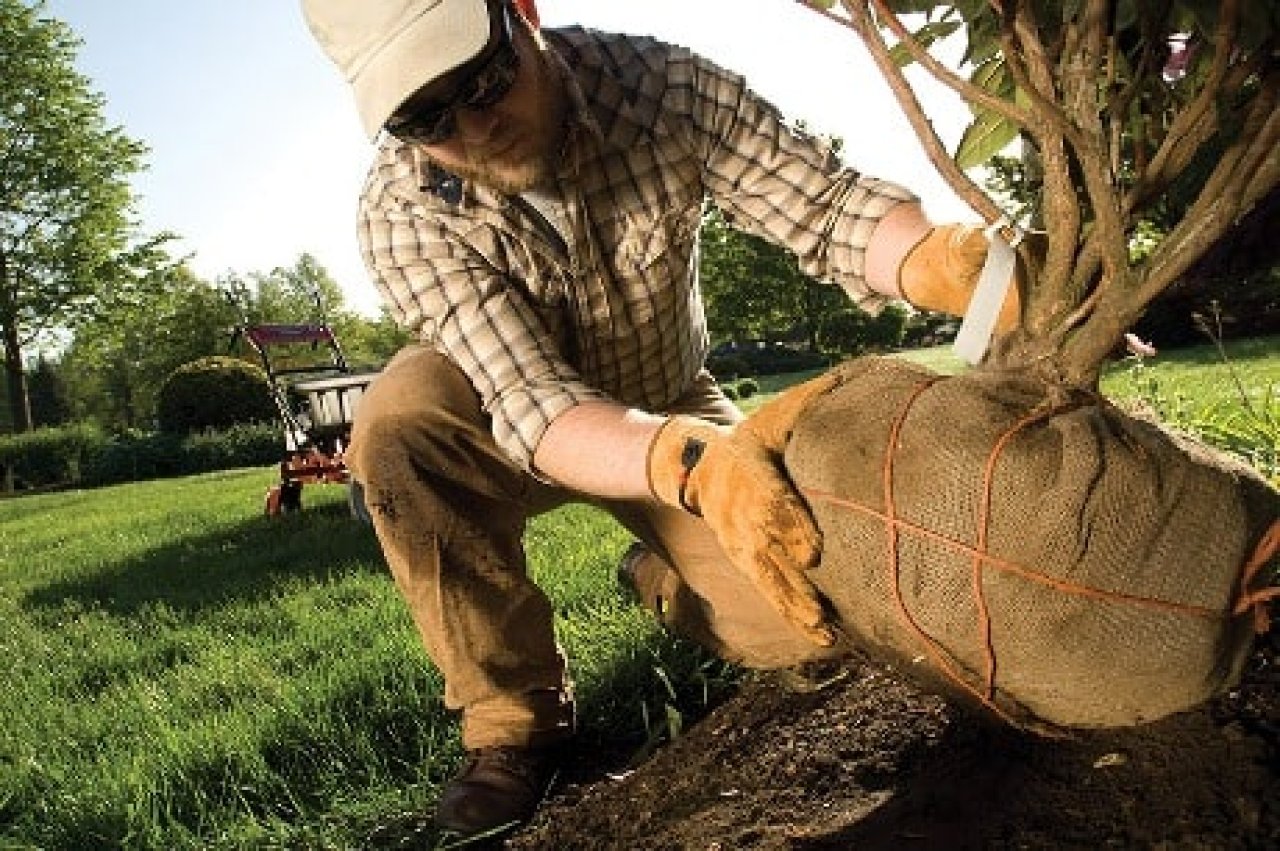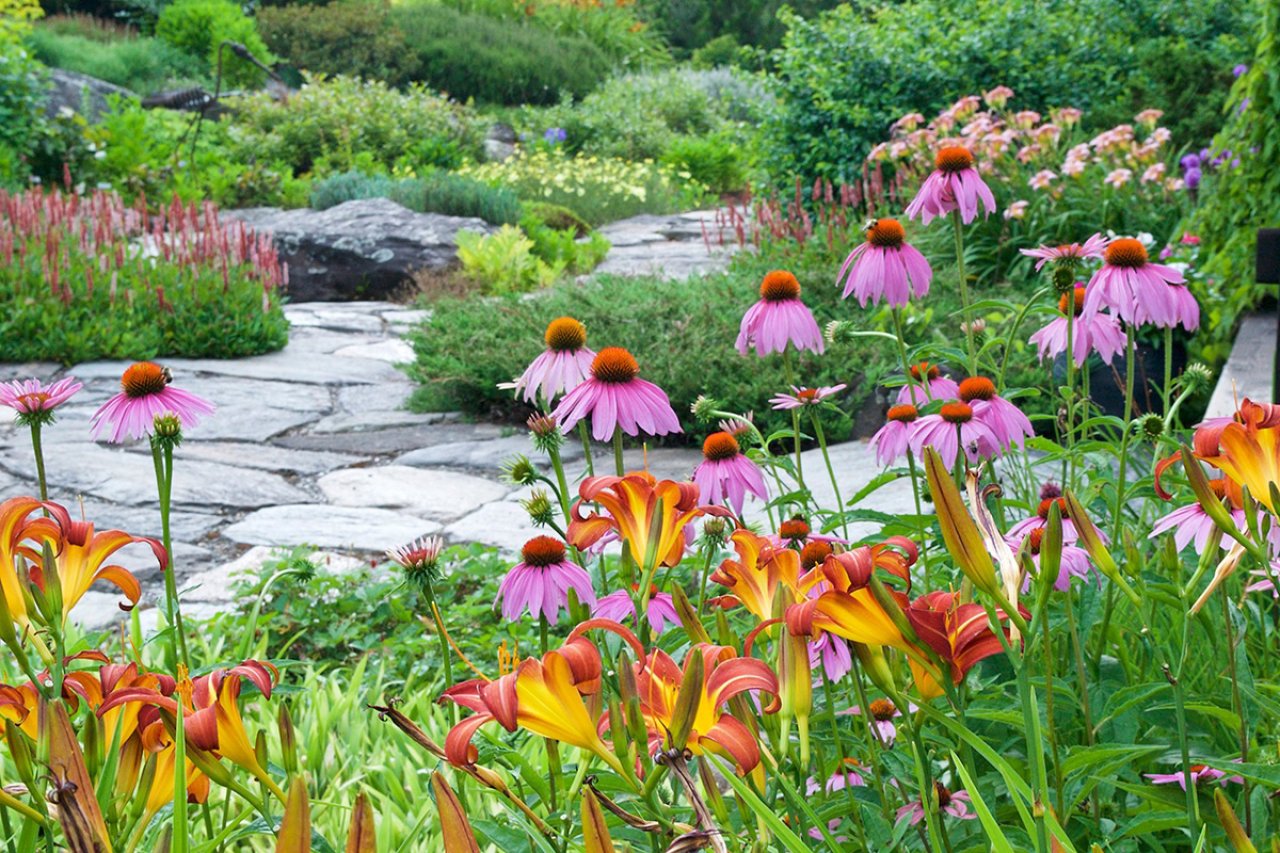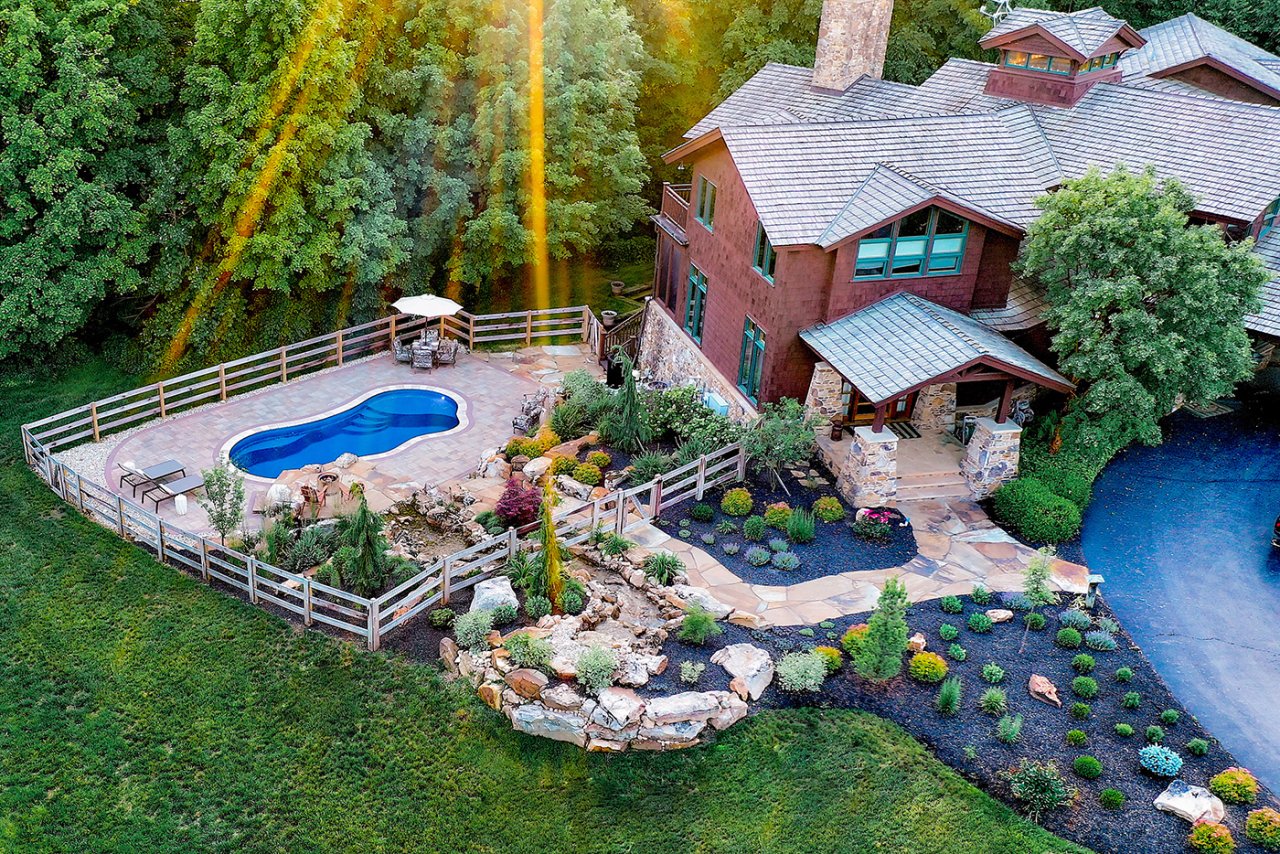
Does Your Property Have Too Much Mulch?

Each Spring, millions, maybe billions of yards of mulch gets applied to landscape beds and tree rings around the world. Mulch can be your plants’ best friend or its’ worst enemy. When installed properly mulch not only acts as a functional barrier but also a beautiful addition to your landscape. A good rule of thumb when applying mulch is keeping a consistent 2-3” depth over the soil. Having too much mulch in your beds can lead to various problems with the rest of your landscape including;
Suffocation – Mulch piled around the base of trees and shrubs reduces the soil oxygen for roots, causing them to die. Roots that are in search of oxygen and water will sometimes branch out, then when it becomes hot the soil dries up causing the roots to wither and die. Mulch should be placed 1-2 inches from the base of your trees and shrubs. This gives the plant room to breathe.
Crown and Root Rot- Thick layers of mulch can retain too much moisture which causes the soil to stay soggy for longer periods of time, thus opening the door for many diseases and fungi to grow rapidly.
Root and Foliage Burn- With diminished air flow soil temperatures can become too hot for plants and trees to tolerate creating a burn-like effect.
Bark Damage – Piling mulch around the base of a tree, aka a mulch volcano, softens the bark and invites insects and diseases in.
The good news is that with a little bit of work you can reverse some, if not all, of the damage caused by over-mulching. The first step is to pull the mulch at least 3 inches away from the base of the plants. Next, you will need to reduce the amount of overall mulch back to a maximum depth of 3 inches. If the mulch has gotten deep enough, you will notice small roots as you begin the removal process. These roots will take time to move back down into the soil, to avoid shocking the plant, removal may need to be done in stages depending on the severity. To prevent future problems always lay a thin layer of mulch at the beginning of spring and remove any areas that have excess at the end of the fall season.
As always, we are here to answer your questions, please contact us if you are seeing these issues around your landscaping.
Yours Truly,
The Terra Team





